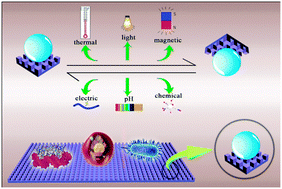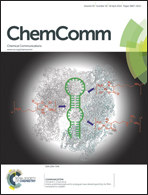Adhesion behaviors on superhydrophobic surfaces
Abstract
The adhesion behaviors of superhydrophobic surfaces have become an emerging topic to researchers in various fields as a vital step in the interactions between materials and organisms/materials. Controlling the chemical compositions and topological structures via various methods or technologies is essential to fabricate and modulate different adhesion properties, such as low-adhesion, high-adhesion and anisotropic adhesion on superhydrophobic surfaces. We summarize the recent developments in both natural superhydrophobic surfaces and artificial superhydrophobic surfaces with various adhesions and also pay attention to superhydrophobic surfaces switching between low- and high-adhesion. The methods to regulate or translate the adhesion of superhydrophobic surfaces can be considered from two perspectives. One is to control the chemical composition and change the surface geometric structure on the surfaces, respectively or simultaneously. The other is to provide external stimulations to induce transitions, which is the most common method for obtaining switchable adhesions. Additionally, adhesion behaviors on solid–solid interfaces, such as the behaviors of cells, bacteria, biomolecules and icing on superhydrophobic surfaces are also noticeable and controversial. This review is aimed at giving a brief and crucial overview of adhesion behaviors on superhydrophobic surfaces.


 Please wait while we load your content...
Please wait while we load your content...